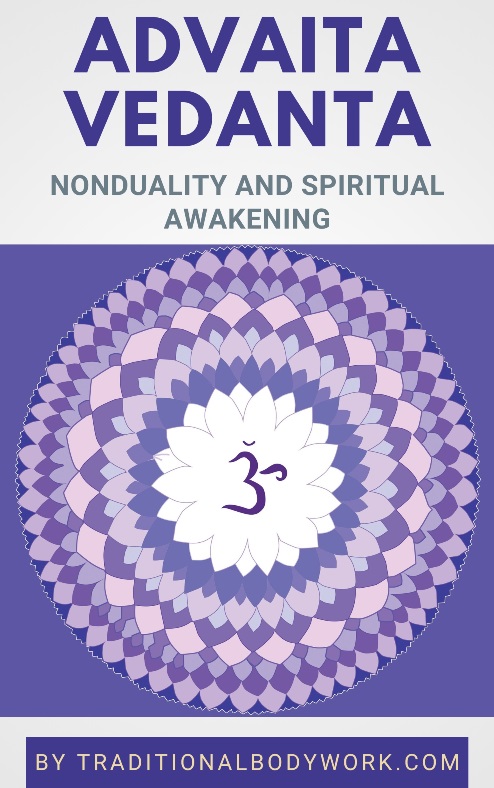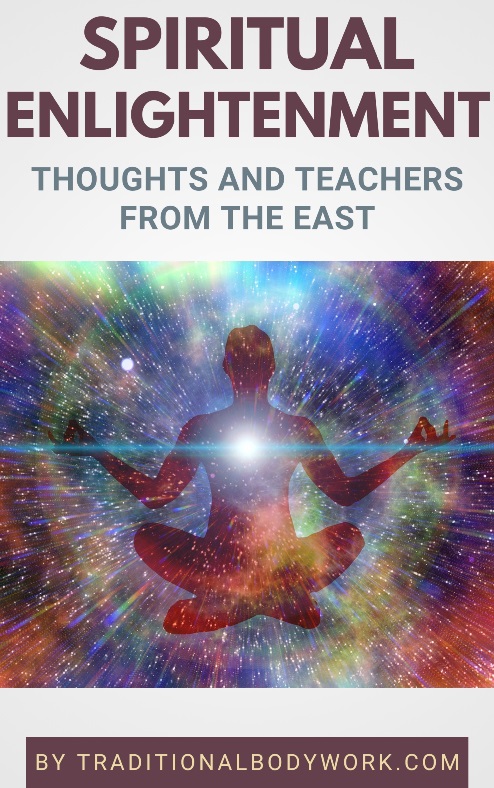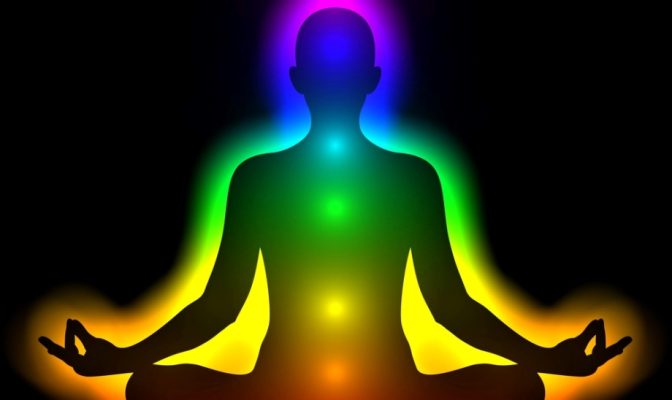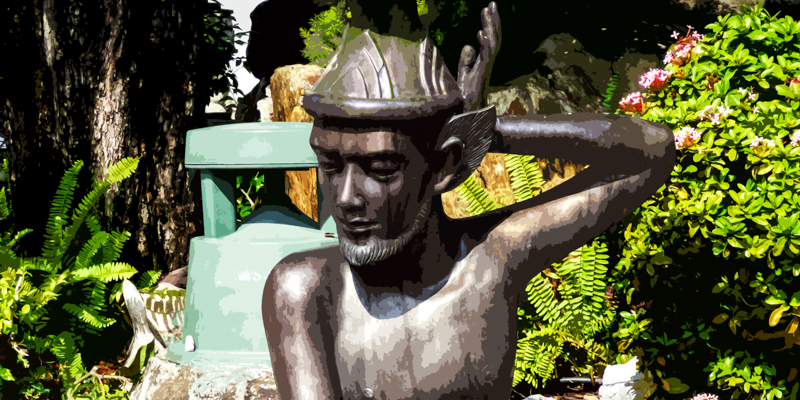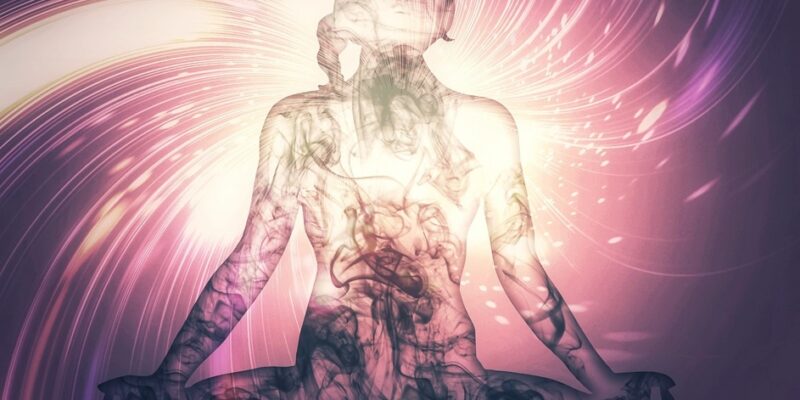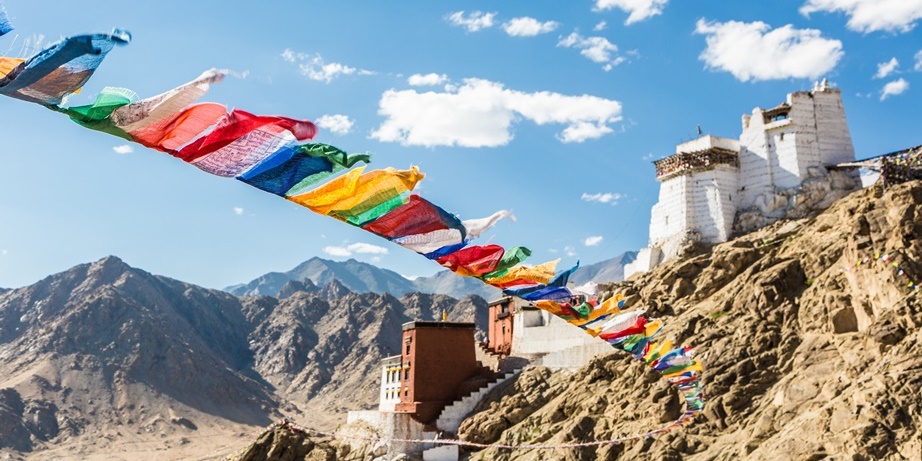
Lung (called rLung in Tibetan) means “wind” or “breath,” and is an important concept in Tibetan Buddhist-Tantric Medicine, the latter better known as Sowa-Rigpa.

Nevertheless, Lung can mean different things depending on the context of use: the Vital Energy (Sog rLung or Prana) that runs through the Energy Channels (rTsa, Tsa, or Nadis) of the subtle body, the five winds (Five Vayus, Five Lung, or subtle breath), or the transmission of spiritual power, among some other denotations.
In Tibetan Buddhism, it’s thought that the human body consists of a gross physical body made of the elements earth, water, fire, wind, and space, and a subtle body. The subtle body, or Vajra Body, is made of Vayu Winds, Energy Channels (called rTsa or Tsa), Chakras (energy wheels), and Vital Points (called Thig Le or Bindu).
The Five Lung are used in many Tibetan Yogic exercises to further spiritual development, that is, to increase physical, emotional, and mental health for spiritual purposes.
The final aim of Lung exercises is to broaden awareness and consciousness and to attain self-knowledge, that is, self-realization and spiritual enlightenment.

